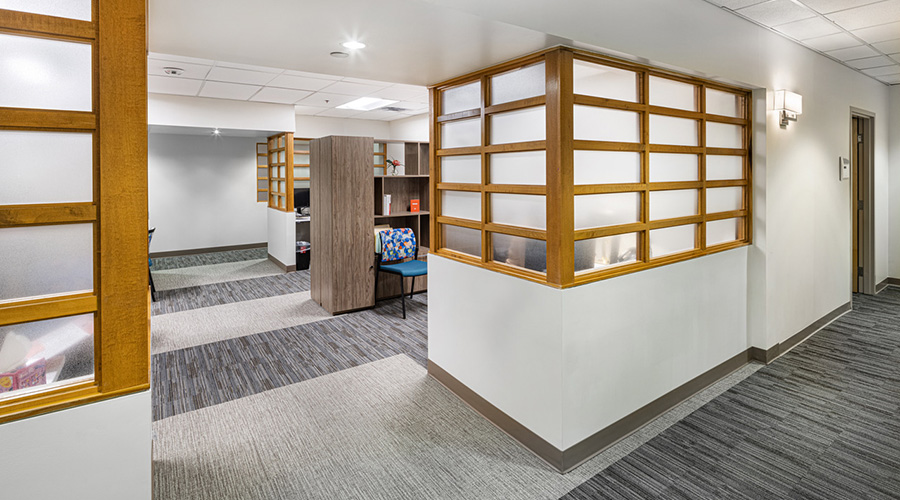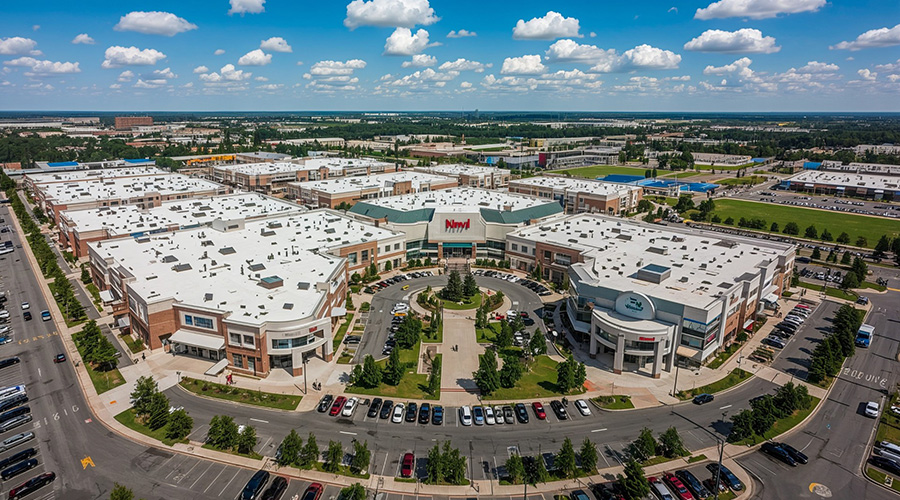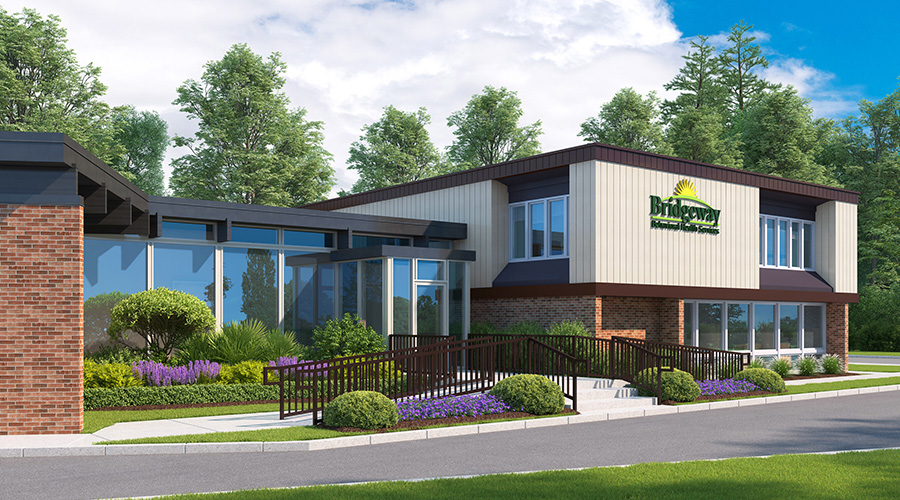To meet the evolving demands of the aging U.S. population, an emerging market segment aims to address a population that exists somewhere between aging baby boomers and those ready for traditional senior living options.
The National Investment Center for Seniors Housing & Care (NIC) recently released a white paper defining the active adult rental property type to better inform investment in this emerging housing segment for older adults. Potential investors have lacked a common understanding of this segment and needed data to effectively evaluate investment opportunities, according to NIC experts.
Active adult properties do not require healthcare licensure, involve fewer resources to operate and experience less frequent turnover, making them attractive investments, while satisfying older baby boomers’ emerging housing needs.
NIC experts say active adult housing caters to millions of baby boomers with lower acuity health needs and a preference for an active, community-based lifestyle lived alongside generational peers. It fills a market need and serves as a bridge between conventional multifamily housing and traditional senior living options.
“Aging baby boomers value their independence but increasingly appreciate the opportunity for engagement that comes with residing amongst a vibrant community of people with similar interests and expectations,” says Brian Jurutka, president and CEO of NIC. “By formally defining this segment, NIC is enabling centralized data collection on the segment and opening the door to additional investment that will increase access and choice for millions in a vital, emerging market.”
While data to inform investment in active adult rental properties has been sparse, NIC’s definition of the active adult segment enables its affiliate NIC MAP Vision to collect segment-specific data. This affords investors and other market stakeholders data on more than 200 active adult properties across the nation, such as their characteristics and financial performance. More robust data, including operational performance and additional property coverage, is expected in early 2023.
“Aging baby boomers want housing options as diverse as they are,” Jurutka says. “Delivering enough senior living options to fit aging boomers’ active lifestyles is going to take greater transparency to help the market’s stakeholders understand the segment and its growth opportunities.”

 Joint Commission Standards: What Updates Matter Most?
Joint Commission Standards: What Updates Matter Most? Swinerton Completes Construction at Atlanta's Grady Hospital
Swinerton Completes Construction at Atlanta's Grady Hospital NY Governor Hochul Announces $300M in Funds for IT and Cybersecurity
NY Governor Hochul Announces $300M in Funds for IT and Cybersecurity Healthcare Is the New Retail
Healthcare Is the New Retail Bridgeway Behavioral Health Services Launches Campaign to Renovate Health Center
Bridgeway Behavioral Health Services Launches Campaign to Renovate Health Center